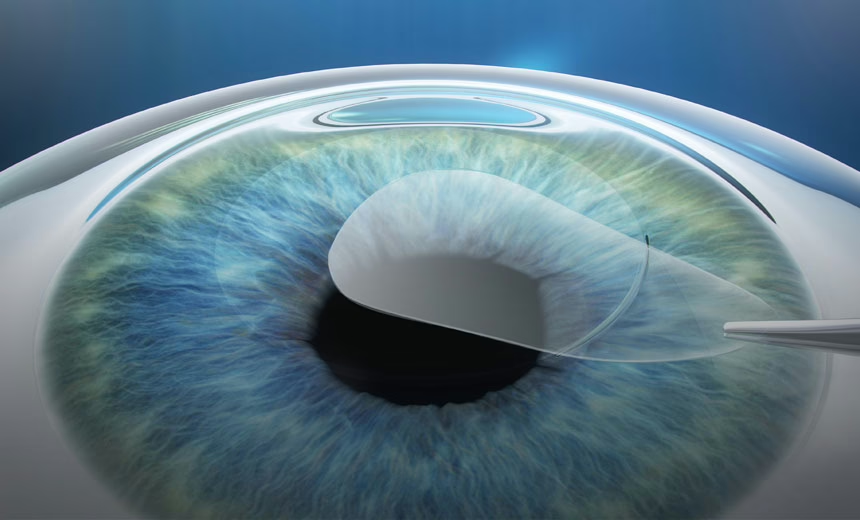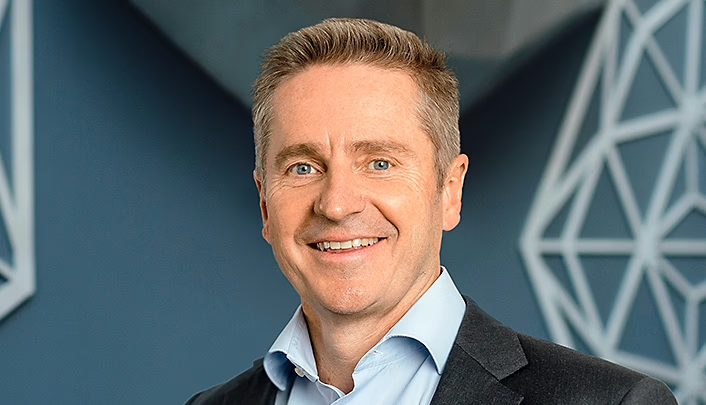"*" indicates required fields
SMILE® laser eye surgery: 2020 update

In late 2014, we introduced the newest form of laser vision correction, SMILE, to our Vision Eye Institute Chatswood clinic as an additional refractive treatment option for our patients. Six years on, we now have a better perspective of the outcomes and true potential of the SMILE surgical vision correction procedure.
Why we introduced SMILE
Although SMILE had been around for some years, we only decided to introduce the procedure to our Chatswood clinic when evidence-based medical studies showed that it was at least as good as LASIK and potentially had some advantages.
Within the first year, my technique and unit settings underwent continual refinement to produce an easier experience for both surgeon and patient whilst still achieving optimal visual and safety outcomes.
Today, SMILE is considered a smooth procedure that is a joy to perform. From a practical point of view, this is reflected in faster recovery times for patients, which although not quite matching standard LASIK, are significantly improved compared to other vision correction procedures.
Updates to our vision correction technology
In 2016, we moved both our femtosecond (SMILE) laser and our excimer (LASIK) laser into a purpose-built operating theatre with an environmental control system that keeps both temperature and humidity at a very specific level. This has resulted in improved performances of both lasers.
From the beginning, our refractive results were excellent, which confirmed that our decision to transition to the SMILE procedure was the correct one. Another pleasing observation with these developments is that the number of patients achieving post-operative uncorrected vision better than 20/20 has improved.
SMILE vision correction today
Although we felt SMILE had great potential, the proposed benefits of the procedure appeared to dominate the moderate-to-high ranges of myopia (short-sightedness). Initially, I only used SMILE for patients with significant short-sightedness (-5 D upwards to -10 D), but the observed results equalled and then appeared to quickly surpass outcomes achieved through the LASIK procedure. Because of this, I now offer SMILE to patients with myopia as low as -3 D.
Of course, both LASIK and PRK/ASLA remain excellent procedures. In recent years, these technologies have also significantly improved. Newer excimer lasers, like those used in the Chatswood clinic, can more accurately treat astigmatism. They also utilise 3D tracking to follow even the smallest eye movement during surgery, ensuring the accuracy of laser placement even if the patient moves slightly.
Six years after the introduction of SMILE, it is performed in just over half of our patients, perfectly reflecting my confidence in the technique. I chose to introduce the SMILE procedure when the published safety and visual outcomes matched LASIK. In these past years, the results have exceeded my expectations.
SMILE® is a registered trademark of Carl Zeiss Meditec
References
- Chan C, Lawless M, Sutton G, Versace P, Hodge C. Small incision lenticule extraction (SMILE) in 2015. Clin Exp Optom 2016;99(3):204–12.
- Lawless M. Refractive Laser Surgery: Who’s Interested Now? mivision 2019;141:33–37.
- Blum M, Lauer AS, Kunert KS, Sekundo W. 10-Year Results of Small Incision Lenticule Extraction. J Refract Surg 2019;35(10):618–23.
- Doane JF, Cauble JE, Rickstrew JJ, Tuckfield JQ. Small Incision Lenticule Extraction SMILE – The Future of Refractive Surgery is Here. Mo Med 2018;115(1):82–4.
- Zeiss. SMILE: A brief guide. Germany, 2020. Available at https://www.zeiss.com/vision-care/int/better-vision/health-prevention/smile-laser-eye-surgery.html [Accessed 6 January 2021].
- Choice. A guide to laser eye surgery. NSW, 11 August 2020. Available at https://www.choice.com.au/health-and-body/optical-and-hearing/optical/articles/guide-to-laser-eye-surgery [Accessed 6 January 2021].
- Wilkinson JM, Cozine EW, Kahn AR. Refractive Eye Surgery: Helping Patients Make Informed Decisions About LASIK. Am Fam Physician 2017;95(10):637–44.
- Bohac M, Biscevic A, Koncarevic M, Anticic M, Gabric N, Patel S. Comparison of Wavelight Allegretto Eye-Q and Schwind Amaris 750S excimer laser in treatment of high astigmatism. Graefes Arch Clin Exp Ophthalmol 2014;252(10):1679–86.
- SCHWIND eye-tech-solutions. Frequently asked questions from patients. Germany, 2020. Available at https://www.eye-tech-solutions.com/en/patients/faq [Accessed 6 January 2021].
Enjoyed this article?
More articles by this author
Prof Gerard SuttonMore articles on this subject
Laser eye surgeryThe information on this page is general in nature. All medical and surgical procedures have potential benefits and risks. Consult your ophthalmologist for specific medical advice.
Date last reviewed: 2025-05-20 | Date for next review: 2027-05-20

